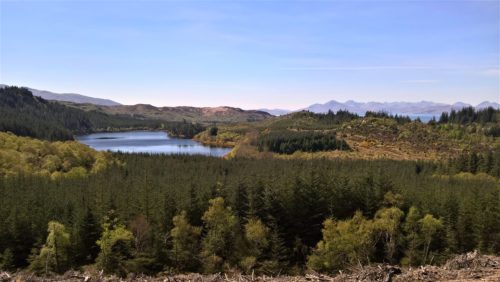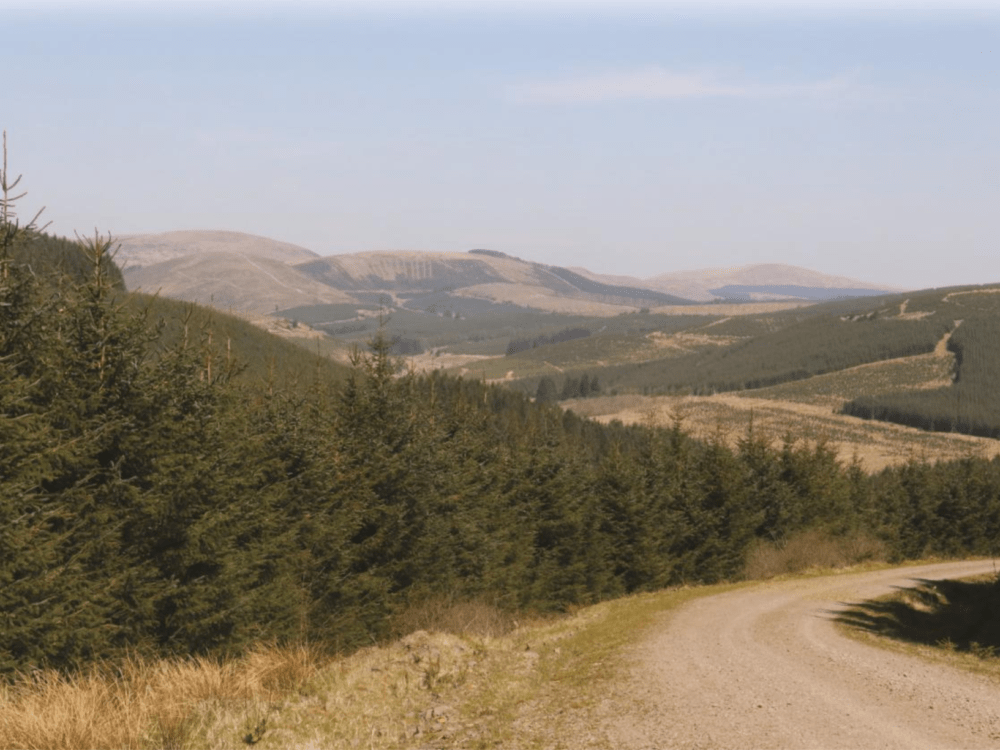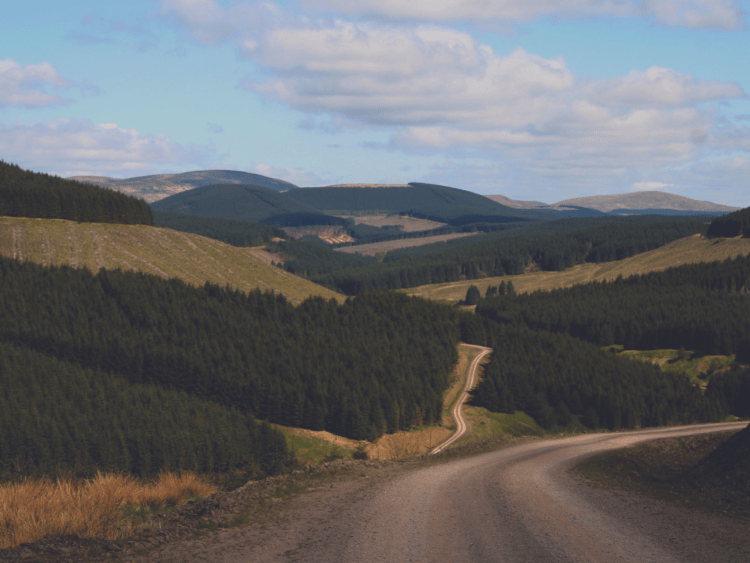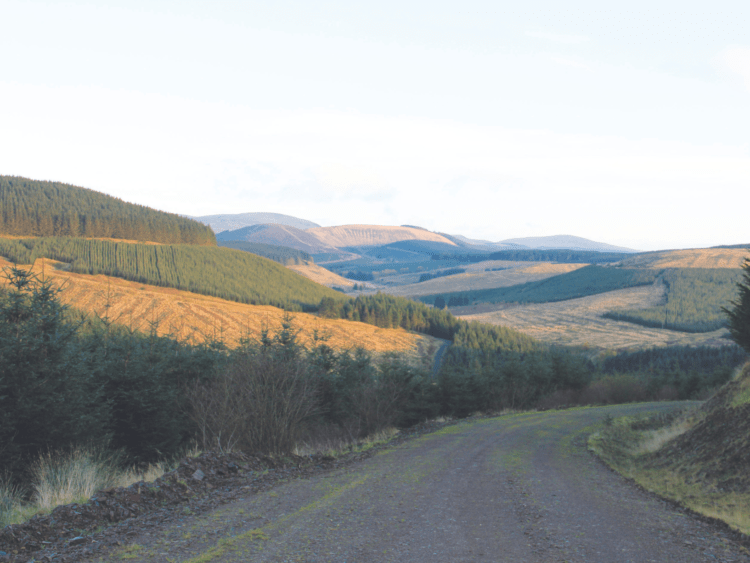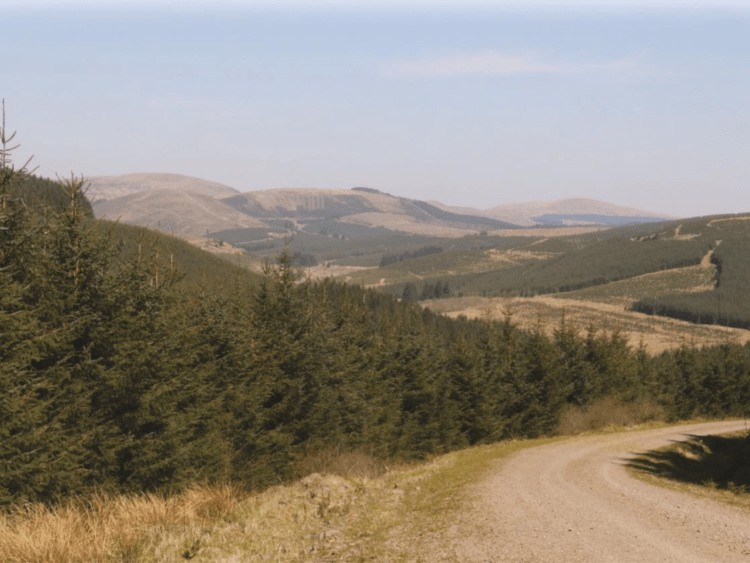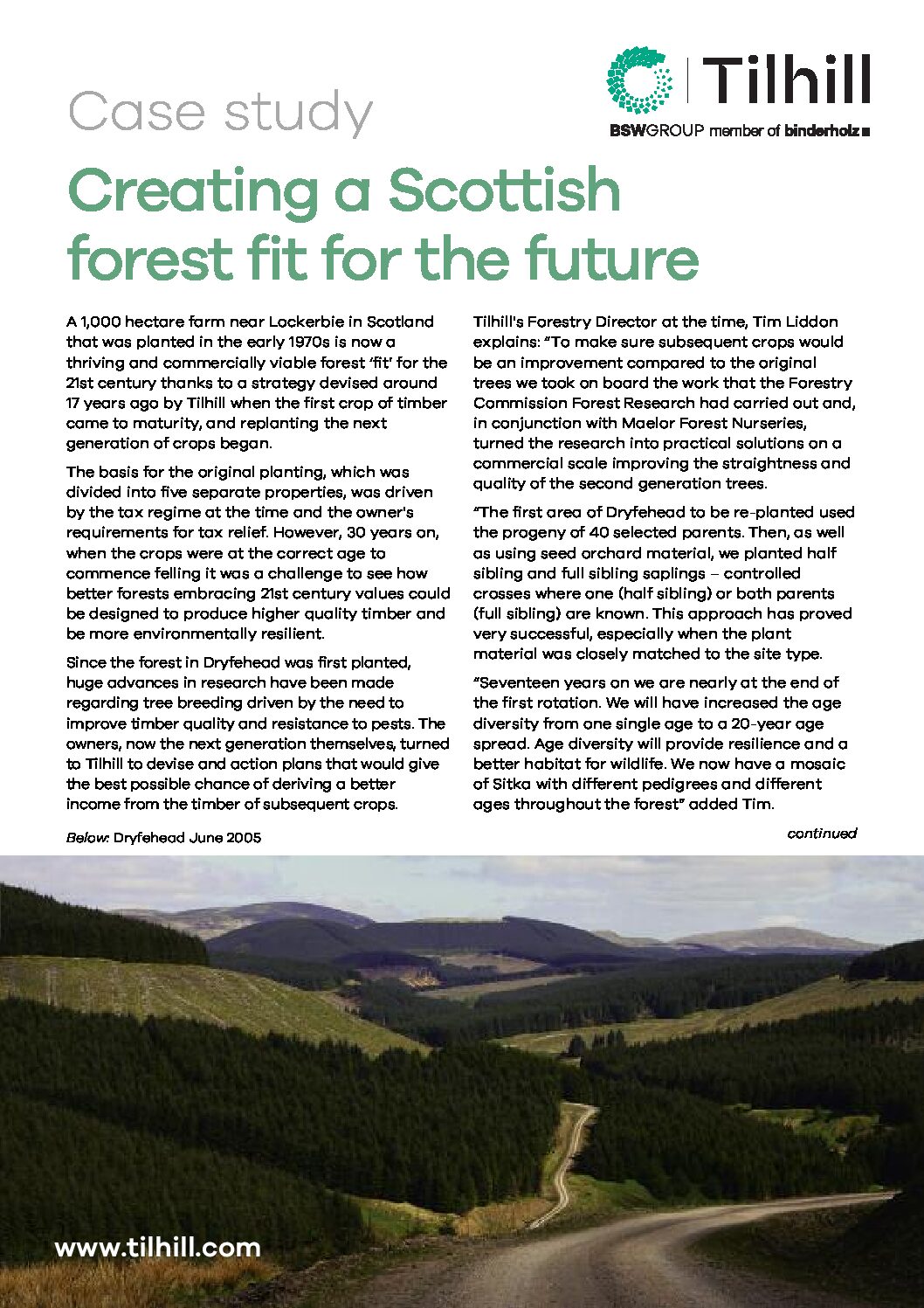This project helped to:

Produce high quality timber

Create a more environmentally resilient forest

Provide a better habitat for wildlife
Creating a Scottish forest fit for the future
A 1,000 hectare farm near Lockerbie in Scotland that was planted in the early 1970s is now a thriving and commercially viable forest ‘fit’ for the 21st century thanks to a strategy devised around 17 years ago by Tilhill when the first crop of timber came to maturity, and replanting the next generation of crops began.
The basis for the original planting, which was divided into five separate properties, was driven by the tax regime at the time and the owner’s requirements for tax relief. However, 30 years on, when the crops were at the correct age to commence felling it was a challenge to see how better forests embracing 21st century values could be designed to produce higher quality timber and be more environmentally resilient.
Since the forest in Dryfehead was first planted, huge advances in research have been made regarding tree breeding driven by the need to improve timber quality and resistance to pests. The owners, now the next generation themselves, turned to Tilhill to devise and action plans that would give the best possible chance of deriving a better income from the timber of subsequent crops.
Forestry Director at the time for Tilhill Tim Liddon explains: “To make sure subsequent crops would be an improvement compared to the original trees we took on board the work that the Forestry Commission Forest Research had carried out and, in conjunction with Maelor Forest Nurseries, turned the research into practical solutions on a commercial scale improving the straightness and quality of the second generation trees.
“The first area of Dryfehead to be re-planted used the progeny of 40 selected parents. Then, as well as using seed orchard material, we planted half sibling and full sibling saplings – controlled crosses where one (half sibling) or both parents (full sibling) are known. This approach has proved very successful, especially when the plant material was closely matched to the site type.
“Seventeen years on we are nearly at the end of the first rotation. We will have increased the age diversity from one single age to a 20-year age spread. Age diversity will provide resilience and a better habitat for wildlife. We now have a mosaic of Sitka with different pedigrees and different ages throughout the forest” added Tim.
The economic value of the forest is now being maintained as a result of improved timber production. The Tilhill team has enhanced what a previous generation established by embracing Forestry Commission research and using it to their client’s advantage.
The Sitka Spruce is named after a place called Sitka in Alaska although its natural range is all along the coast of North West America. It was introduced to Britain in 1831 and can grow up to 50 metres or more with a trunk over 2 metres in diameter. It has a very fast growth rate compared to some other trees which means it can yield high volumes of timber in a comparatively short time.
Improved Sitka spruce in the UK, only needs to grow for 35 to 45 years to reach its maximum timber potential. It is a resilient species and thrives on our upland sites. Given the climate change forecast it will continue to thrive in most of its current range in the UK. Sitka is the UK’s most important productive species. Its white wood provides much of the UK construction timber and is valued in the pulp industry for its whiteness and long fibre.
There are few species that will match its productivity on our upland forest sites and the manner in which Dryfehead has been redesigned will enhance forest resilience. However, more needs to be done to understand the genetic makeup of the species, to identify DNA markers.
Tilhill are supporting research in this area and are full members of the Sitka Spruce Breeding Cooperative which is driving this agenda forward. As this research comes to fruition Tilhill will use the results to further enhance our client’s forests to meet their objectives.
Knowledge is constantly being gained from the work at Dryfehead and other sites in how to deliver further benefits in this ever changing environment.
Tilhill offers a complete woodland management service to forest or woodland owners, tailored according to their individual needs. If you have a similar project, our qualified and experienced forest managers can undertake every aspect of caring for your property. Get in touch today using the contact form below.
Back to all case studies
